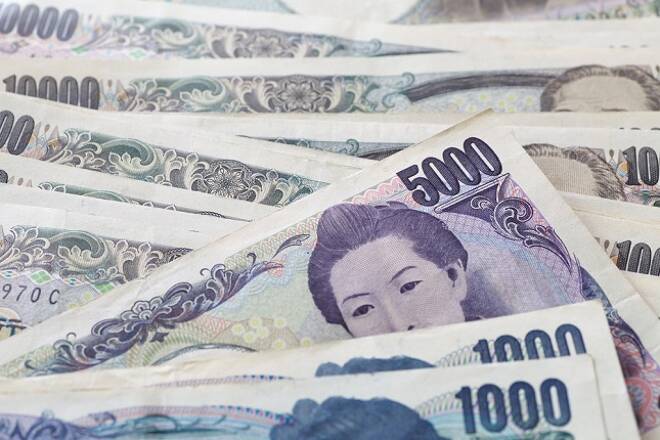Advertisement
Advertisement
USD/JPY Fundamental Daily Forecast – Surge Supported by Powell Remarks, Robust US Jobs Report
By:
Japanese Finance Minister Taro Abe declined to comment on the Yen’s decline when asked about how the depreciation would affect the economy.
The Dollar/Yen jumped to its highest level since June 8, 2020 on Friday after government data showed jobs growth improved more than expected in February. The news supported the view of several Federal Reserve policymakers including its Chairman Jerome Powell, who have said that a recent rise in U.S. government bond yields is justified by an improving economic outlook.
On Friday, the USD/JPY settled at 108.391, up 0.409 or +0.38%.
The jobs improvement came amid falling new COVID-19 cases, quickening vaccination rates and additional pandemic relief money from the government, putting the labor market recovery back on firmer footing and on course for further gains in the months ahead, Reuters wrote.
The jobs data comes after Fed Chairman Jerome Powell on Thursday disappointed investors who were expecting him to express concerns about rising bond yields.
US Non-Farm Payrolls Report
Hiring surged in February as U.S. economic activity picked up with COVID-19 cases steadily dropping and vaccine rollouts providing hope for more growth.
The Labor Department reported Friday that nonfarm payrolls jumped by 379,000 for the month and the unemployment rate fell to 6.2%. That compared with expectations of 210,000 new jobs and the unemployment rate holding steady from the 6.3% rate in January.
NFP Report Supports Fed Chair Powell’s Stance on Rising Yields
Last Thursday, Powell stuck to his stance of keeping interest rates low until the economy has recovered, adding that the sell-off in Treasuries was not “disorderly”. The strong jobs data appears to have supported his assessment.
Federal Reserve officials have been watching the jobs numbers closely not only for overall growth in payrolls and a drop in the unemployment rate but also for the breadth of the jobs recovery. The central bank has pledged not to raise interest rates until it sees the gains spread across income, gender and racial lines, even if that means risking higher inflation.
Surge in Yields Drives the Price Action
Treasury yields surged after the release of the jobs report. This was actually an extension of Thursday’s rally that was fueled by Powell’s comments. Higher yields made the U.S. Dollar a more attractive investment.
The Dollar/Yen is being controlled by yields. Higher yields will continue to widen the spread between U.S. Government bonds and Japanese Government bonds, giving the U.S. Dollar the edge.
Japanese Finance Minister Taro Abe declined to comment on the Yen’s decline when asked about how the depreciation would affect the economy. Bank of Japan Governor Kuroda said last week that the BOJ has no need to change its guidance, giving the U.S. Dollar a greenlight to continue to rally against the Yen.
The recent price action shows the USD/JPY is not likely to weaken until Treasury yields start to weaken. We could see some near-term profit-taking, however, ahead of the Fed’s March 17 policy announcements.
For a look at all of today’s economic events, check out our economic calendar.
About the Author
James Hyerczykauthor
James Hyerczyk is a U.S. based seasoned technical analyst and educator with over 40 years of experience in market analysis and trading, specializing in chart patterns and price movement. He is the author of two books on technical analysis and has a background in both futures and stock markets.
Advertisement
